Manipur is a land of many tribes (more than 30) who have different languages, cultures and traditions. For political purposes, some are included along with the Naga generic term in the north and Kuki-Chins in the South. The Kuki tribes inhabit in all districts of Manipur The Linguistic Survey of India, Vol. III, Part III, carried out by G.A. Grierson, and published in 1904 by Govt. of India, provides a general idea of the geographical spread of Kukis' living space. According to this Survey the territory inhabited by the Kuki tribes extends from the Naga Hills in the North down into the Sandoway district of Mayanmar in the South; from the Myattha River in the east, almost to the Bay of Bengal in the West. The tribes like Aimol, Anal, Chiru, Chongloi, Chothe, Hangsing, Doungel, Gangte, Guite, Haokip, Hmar, Kipgen, Kom, Lhungdim, Lamkang, Lunkim, Changsan, Lenthang, Thangeo, Kolhen, Lhangum, Lhanghal, Milhem, Maring, Mate, Mozo-Monshang, Paite, Sitlhou, Lhouvum and Singsit, Simte, Baite Tarao, Touthang, Vaphei, Zou, etc., may be put under one egalitarian ethnic entity called Kukis. However, some of these tribes mentioned above have been assimilated into Naga generic term. During First World War, the Kuki Uprising against the British, lasted for three years (1917-1919). In the early 1940', hundreds of Kukis joined the Indian army and fought the British. More than one hundred and fifty INA pensioners are still alive. Both India and Mayanmar were given political freedom in 1947. The boundaries lines of the new nations and their states fragmented the traditional Kuki territory. The book encompasses the ethnographic details of the Kuki who are also referred to as Kuki Chins by some ethnologists.

Kuki-Chin Tribes of Mizoram and Manipur
$22.50
$25.00
In stock
Free & Quick Delivery Worldwide
All orders amounting to US$ 50 or more qualify for Free Delivery Worldwide. For orders less than US$ 50, we offer Standard Delivery at $14 per book.
ABOUT THE AUTHOR S H M Rizvi
Dr. Syed Hasan Mujtaba Rizvi (Ph. D., University of Delhi) is a research anthropologist and has carried out empirical studies in the field of bio-cultural anthropology among the tribes, and Muslims of northern, western, north-western and north-eastern India. He, along with Dr. Shibani Roy, has written eleven books based upon original research. One of the Professor Emeritus (Anthropology) while reviewing his books stated that ".this indicates his understanding of the subject of anthropology in totality and in modern anthropological world, works of such nature are always encouraged."
ABOUT THE AUTHOR Shibani Roy
Shibani Roy was born and brought up at Delhi. Her schooling had been at the Lady Irwin School and Post-School studies from Miranda House. She received her B.Sc. (Hons.) Degree in Anthropology in 1967 and Master Degree from the same Discipline specializing in SocialAnthropology. After a year of research work in the field of "Consanguinity among Muslims of North India", she joined department of Anthropology as a Ph.D. student in 1970 and was awarded the Ph.D. Degree in 1976. She was a part-time lecturer in Lady Irwin college, New Delhi, teaching post graduate classes during 1972-73. She was the recipient of senior research fellowship of C.S.I.R. for her project entitled "Changes in value Orientation of contemporary Muslims" carried out amongst the Bohras of Bombay. Her articles in Hindustan Times and Youth Times equally provoked the social scientists and laymen and made them have a new perspective towards this minority community. From 1976 to 1978 she had been actively engaged in a project on female fertility financed by World Health Organization. The entire work had been centred around Rajput Women of Rajasthan. At present she is holding the post of Assistant Anthropologist (Cultural) with the Anthropological Survey of India, Government of India. She has participated in national and international seminars and has a few publication to her credit in the field of Muslim women. Dr. Shibani roy has further stepped into the secluded privacy of the Muslims by marrying a Muslim fellow anthropologist and has a daughter.
reviews
0 in total
Review by Anonymous
Be the first to review “Kuki-Chin Tribes of Mizoram and Manipur” Cancel reply
You must be logged in to post a review.
Bibliographic information
Title
Kuki-Chin Tribes of Mizoram and Manipur
Author
Edition
1st ed.
Publisher
ISBN
9788176465267
Length
x+125p., Plates; 23cm.
Subjects
more by S H M Rizvi see more
Naga Tribes of North East India
$23.40
$26.00
more by Shibani Roy see more
Naga Tribes of North East India
$23.40
$26.00
similar bookssee more
Research Methods in Anthropology: Qualitative and Quantitative Approaches
Research Methods in ...
$65.70
$73.00

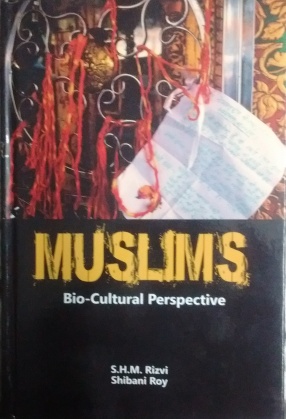
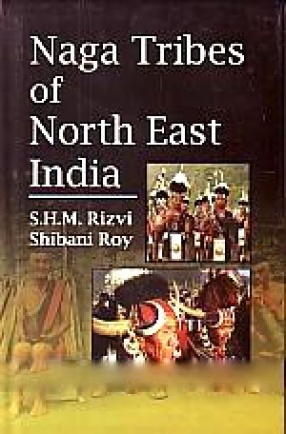
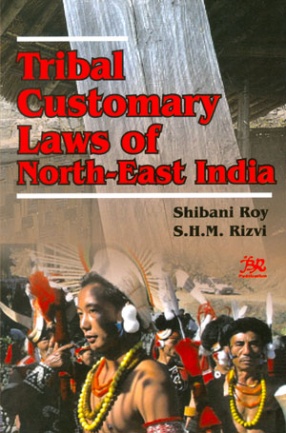
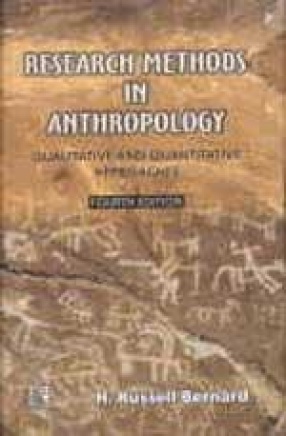
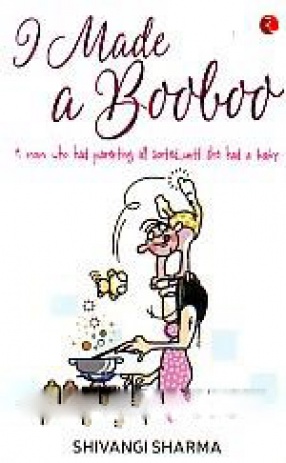
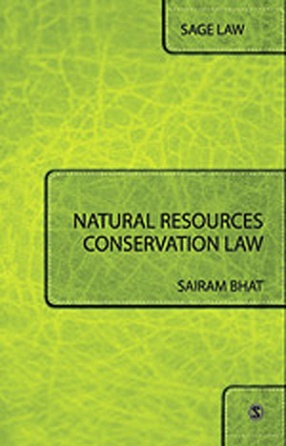
There are no reviews yet.